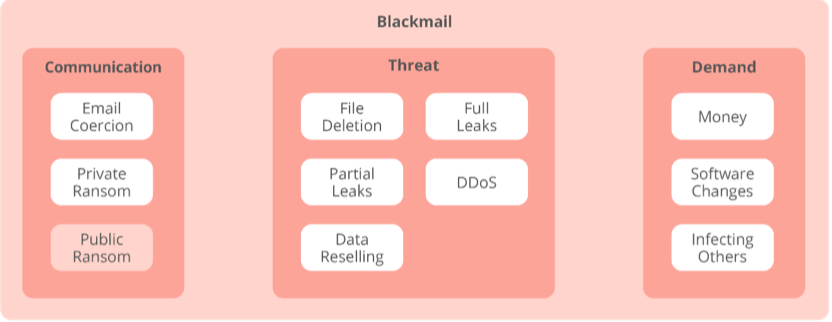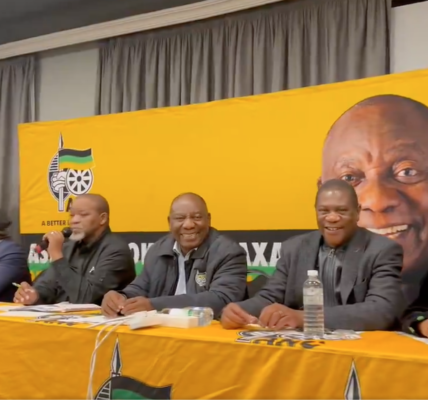In American folklore and in our sense of national identity, imagined and real, the principled lone ranger – the Gen. George S. Patton type – has long infused America’s ideal of a hero. You see it in our novels – Atticus Finch in Harper Lee’s To Kill a Mockingbird. It also imbues our Hollywood movies – perhaps best exemplified by director Frank Capra’s Mr. Smith Goes to Washington starring the late Jimmy Stewart.
Now, in the form of Gen. Mike Minihan, Commander, Air Mobility, United States Air Force, a new lone ranger very much in the tradition of his American military forebears Patton and Gen. Douglas MacArthur, is setting his sights on Washington – and on Beijing. Minihan, in stark terms, informed his command on January 27th to begin preparing for war with China. In Minihan’s estimation, a conflict between the U.S. and China is likely to occur sometime between now and 2025, in glaring contrast to the National Defense Strategy that was released earlier in March 2022.
The Biden administration’s pushback to Minihan was immediate. According to Chris Gordon of the online publication Air and Space Forces, a U.S. Defense Department official noted a day later that “These comments are not representative of the department’s view on China.” Nonetheless, Minihan’s assessment of the growing Chinese threat is likely shared by many other U.S. servicemembers wearing the uniform.
That was then. This is now.
In addition to the Chinese threat to Taiwan and our allies in the Pacific, since Minihan’s warning and order for his command to prepare for war with Beijing, U.S. and Canadian skies are being violated by Chinese spy balloons. The first of these balloons was shot down just east of Myrtle Beach, South Carolina inside U.S. territorial waters in the Atlantic Ocean. The incident continues to cause considerable domestic upheaval and criticism, particularly as it was visibly sighted over sensitive military sites in Montana.
Consequently, Minihan’s war footing memo took on a new, if not dire, prescient meaning. China had discovered a vulnerability in the U.S. air defense system and was exploiting it to gather intelligence of our most sensitive military bases. The threats posed by Beijing and Chinese President Xi Jinping are no longer merely theoretical to Americans – they are now directly above them stretching the length of the continental United States.
Who, what, and from where quickly became the pressing questions of the day. It was not long until the Biden administration accused Beijing of being behind several spy balloons flying as high as 60,000 feet, including the one in the U.S. and one that was first seen circumnavigating above Columbia and Costa Rica in Latin America on February 4th before finally entering Venezuelan airspace.
The Chinese Foreign Ministry rejected Washington’s claim that its “civilian airship” was a spy balloon and that it was “collecting sensitive information.” This despite the balloon passing over nuclear ballistic missile fields as well as a B-2 stealth bomber air base, according to U.S. Defense Secretary Lloyd Austin.
It is quite possible that the spy balloon had a dual mission. There are sensitive classified and spectral sensors that can detect precious and rare earth mineral deposits. If equipped on the Chinese balloon, their findings could be of considerable economic value if used to direct Chinese companies to target acquisitions of mineral rich land parcels in the U.S. to control and exploit the nation’s reserves.
Regardless of purpose, what is now clear is Beijing’s surveillance balloon program is extensive and has for years now been conducting spy operations from the island Hainan province – China’s southernmost point off the coast of the Chinese mainland. The program has not only targeted the U.S., but Japan, India, Vietnam, the Philippines – and, notably, Taiwan. According to a report by the Washington Post citing U.S. defense officials, the Chinese spy balloons are part of the People’s Liberation Army air force and have been “spotted over five continents.”
Minihan’s grim assessment of Chinese capability and intent was likely made out of a growing sense of frustration that the danger posed by Beijing is being downplayed by Biden administration officials in Washington. Greasing diplomatic skids to avoid escalation is one thing. Ignoring a growing body of evidence is quite another. While Minihan’s memorandum runs afoul of military protocol in that it openly runs counter to the policy position of his chain of command, in retrospect, given the “massive” nature of the Chinese balloon surveillance program, it underscores Washington is indeed underestimating Xi Jinping.
Plus, as it is turning out, Minihan’s cautionary approach only revealed the tip of the iceberg in terms of how precariously deficient U.S. air defense and war preparation are on a global and domestic basis. Three more unidentified flying objects (UFO) over the course of three days in a row were shot down by the United States Air Force (USAF) over the U.S. and Canada.
The second UFO was shot down on February 10th. According to reporting in the New York Times, the device was the “size of a small car.” One day later, operating as part of the North American Defense Command (NORAD), a USAF F-22 brought down what was described as a “cylindrical” object that was “smaller than the spy balloon over the Yukon Territory in Canada. A fourth UFO was subsequently blasted out of the skies over Lake Huron flying at 20,000 feet.
Early on in this crisis, the Pentagon appeared content to let rumors of alien UFOs run wild. Understandable, in some ways, given the level of surprise the Chinese balloon and three UFOs generated. Feeding into that narrative, on February 12th, General Glen VanHerck, declared “I haven’t ruled out anything,” when asked if the three unidentified objects were alien in origin.
White House officials now, however, are ruling out any “close encounters” with aliens and are suggesting that the other three downed UFOs could be commercial in nature and do not appear to be Chinese in origin.
The biggest question, however, demanding an answer is how China was able to identify, then exploit a vulnerability – apparently for years – in the first place. Radar and other forms of aerial detection involve identifying anomalies. For one reason or the other, these kinds of anomalies were filtered out either for being too small, or perhaps, because they emitted some rudimentary cloaking emission akin to a Star Trek Klingon Bird-of-Prey or Harry Potter’s “Cloak of Invisibility.”
Washington is clearly beginning to respond, as is NORAD. Not just to the Chinese threat, but in response to increasing aerial incursions as well by Russian SU-25 fighter jets and TU-BEAR-H bombers in the Alaska Air Defense Identification Zone. Air defense exercises are being conducted in Washington state, Key West in Florida, and in British Columbia in Canada as a result.
However, they are not nearly enough. Hard questions need to be asked and addressed. Why was Canada, a key and vital founding member of NORAD, forced to be reliant on a USAF F-22 to shoot down one of the UFOs over its airspace? Why was NORAD not looking for these type of devices – and arguably, potentially other types – prior to their being detected? Why now are we only beginning to look more closely for lower altitude flying objects?
Not infrequently, the national security of the U.S. comes down to a general willing to put country before career and advancement. Minihan, likely, did just that. All too often the dissenting voice comes from the retired general officer. Minihan’s conviction and willingness to channel his inner Patton and take his message to Washington is refreshing – and urgently needed.
China, like Russia, understands and respects strength, not strongly written démarches or crisis hotline telephone calls. Biden’s brief remarks at the White House on Thursday in that same vein were not nearly enough. The president called for “competition” and is “not looking for a new Cold War.” Beijing will likely interpret his tepid response as a green light.
The White House alongside the Pentagon and Congress must change course and begin reexamining the overall Chinese threat. Taiwan is looming and as reported here in National Security News, Beijing is economically and militarily threatening our allies in the Commonwealth in Africa and around the world.
Presently, we and our allies are not yet adequately prepared in any military domain to decisively respond and win. That must change. Minihan, to his credit, is already trying to change it.
Copyright 2023. Mark C. Toth and Jonathan E. Sweet. All rights reserved.





















































































































































































































